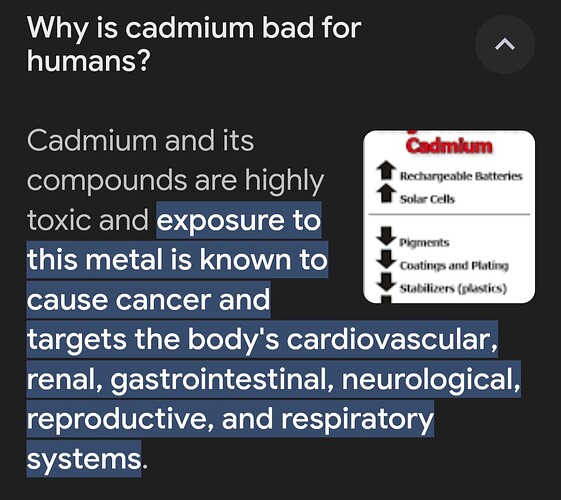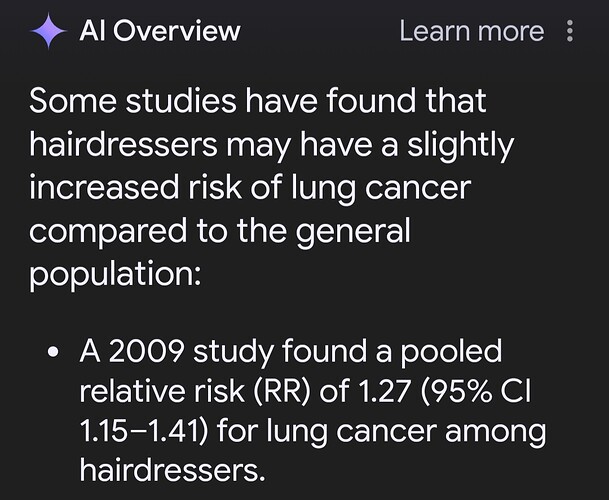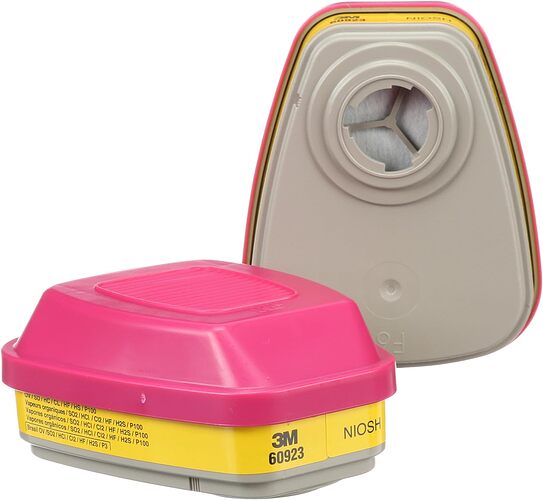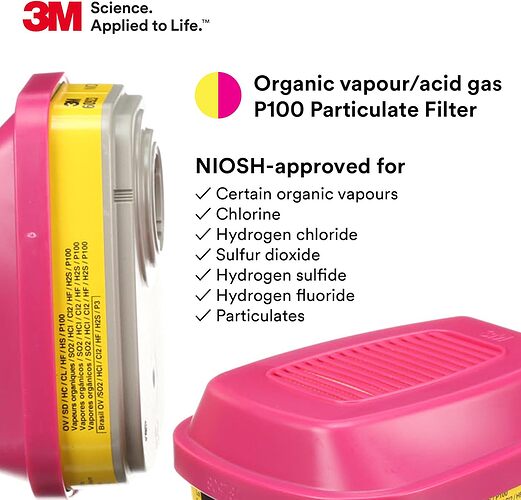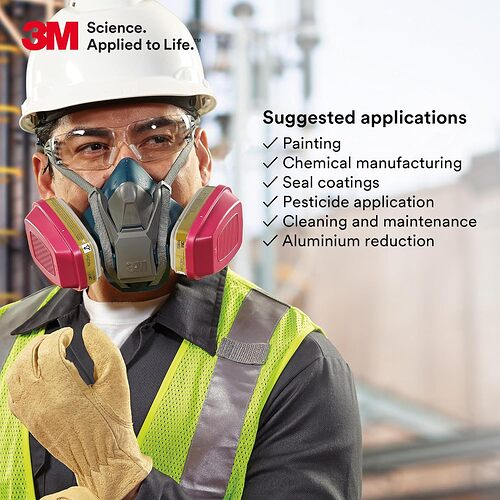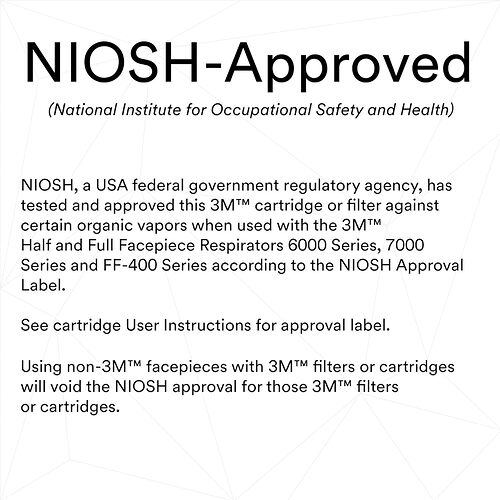I am confused with your ratios,would not the airbrush thinner be the dominant ingredient (70% for example) with smaller portions of flow improver and retarder? and this mix added to the paint 60/40? that’s what AK recommends…I think ![]()
Wanting to share additional information because you’re right in pointing out health concerns about lacquers or enamels or acrylic-lacquers. However, it’s unwise to assume acrylics are safe. Please hear me out.
Correct respirator w/corresponding filters, paint booth with fan, rated gloves because absorption via skin is also a concern. Sounds like a lot of hassle and it is but one doesn’t have to deal with spraying any of these 3rd rate crappy airbrushing not necessarily safe either acrylic paints.
Likewise using the above safety gear, one isn’t deluded with a false sense of safety & security into breathing paint particles from acrylics. Acrylic paints can be just as dangerous in some cases. Some acrylics have or had cadmium in them. Cadmium is a very nasty health risk. Airbrushing paints with cadmium can be very bad. It can also be absorbed through the skin. At one point, for example Vallejo had cadmium in some of their paints.
In many cases, we don’t really know all the details and safety issues related to substances, especially over time so quality respirator w/right filters, gloves & spray booth with a good fan are probably wise regardless of what one is spraying. Any dust or particles can be a hazard in a high concentration.
For example, hairdresser’s are spraying hair spray that’s believed to be safe for humans yet…
Cheers ![]()
And for the city dwellers among us:
The air over a busy city street is just as harmful in the long run.
We walk that street every day and inhale all kinds of particles and
we use the airbrush a few times per week, at the most.
Exposure is a combination of time and the concentration of the harmful stuff.
If you can smell gasoline/petrol when filling up your car you know you have been
exposed to everything in there.
At least it is unleaded nowadays, leaded fuel shortened many a life in the
motorized world.
Growing up in the 60s/70s meant getting lung-fulls of lovely asbestos dust every time I went out for a walk - all the cars used asbestos brake pads and linings back then! Kinda knocks the current anti-car campaigns into a cocked hat!
Oh for the simple days of youth, spraying rattle-can paint in the garage with no safety gear! “Never did me no harm” as the village idiot would say… ![]()
Perfect example of a substance touted as SAFE…that over time proved not to be safe.
True, but the replacement sintered-iron brake pads weren’t anywhere near as effective - my first time switching (in the early 80s) was a scary eye-opener! To die slowly of asbestosis, or quickly in a pile-up - choices, choices…
The Stockholm Underground (Subway for the US members) trains also used asbestos, until 1983, in the brake pads …
We were all inhaling it down there in the tunnels …
Got this ratio tip from youtube, it works.
As a child, my friends and I rode our bikes in the fog behind the mosquito sprayer truck that came through our neighborhood in the evenings a couple times a month. Mom would complain when I spray painted lacquer in my bedroom when building a model. We painted the house in enamel paints and the house smelled of turpentine for months. Cigarettes weren’t harmful back then.
Today, I go outside and spray paint in the shade. I leave the painted objects outside under a cover until they are dry before I bring them inside. I don’t want to find the straw that broke the camel’s back, so I am a bit more safety aware than I use to be.
Well said!
As a teenager I thinned & airbrushed paints with leaded gasoline outside on occasion ![]()
![]()
Did you discover you made a miniature flame thrower and use it on green army men?
LOL!
That would have been fantastic or disastrous.
Never had any issues with thinning Testor’s with gas and airbrushing. However, it was outside with great ventilation and we’re talking less than half of an oz (~10 to 13 ml) of gasoline being used max.
If you want excellent respirator protection, then you need to wear a mask with P100 activated carbon filters. This is what I use when I sand, airbrush, spray paint, and superglue. When the mask’s straps are properly tightened, I can’t smell any paint vapors.
Photos from Amazon.
I am aware of all that that you post here, I am A registered respiratory therapist since 1990…big deal…right? ![]() . I assisted with life support /ventilators for numerous patients with end stage lung DZ, silacosis etc. I agree that acrylic paint is not benign. Makes me cringe to watch someone not using safety precautions with known toxins. Thanks for your post.
. I assisted with life support /ventilators for numerous patients with end stage lung DZ, silacosis etc. I agree that acrylic paint is not benign. Makes me cringe to watch someone not using safety precautions with known toxins. Thanks for your post.
I have one like this ![]() and hospital grade rubbers
and hospital grade rubbers ![]()
